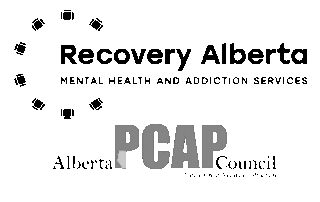
By Edmonton and area Fetal Alcohol Network Society on 21 Oct 2024
Gerede A, Stavros S, Chatzakis C, Vavoulidis E, Papasozomenou P, Domali E, Nikolettos K, Oikonomou E, Potiris A, Tsikouras P, et al. Cannabis Use during Pregnancy: An Update. Medicina. 2024; 60(10):1691. https://doi.org/10.3390/medicina60101691
Abstract
The use of cannabis during pregnancy has emerged as a mounting cause for concern due to its potential adverse consequences on both the mother and her offspring. This review will focus on the dangers associated with prenatal exposure to cannabis, particularly those related to neurodevelopment. It will also discuss the features of maternal and placental functioning that are likely to have long-term effects on the offspring’s development.
The most pertinent and up-to-date materials can be found through a literature search. The literature emphasizes the substantial hazards associated with prenatal exposure to cannabis. These include impairments in cognitive function and difficulties in behavior in this particular instance. Structural and functional alterations in the brain can be noticed in offspring. The use of cannabis has been associated with an increased likelihood of experiencing pregnancy-related complications, such as giving birth prematurely and having a baby with a low birth weight. Additionally, it has been connected to potential negative effects on mental and emotional well-being.
Studies have shown that when a pregnant woman is exposed to cannabis, it can negatively impact the functioning of the placenta and the growth of the fetus. This might potentially contribute to the development of placental insufficiency and restricted growth in the womb. Longitudinal studies reveal that children who were exposed to cannabis in the womb experience additional long-term developmental challenges, such as decreased cognitive abilities, reduced academic performance, and behavioral issues. In order to address the problem of cannabis usage during pregnancy, it is essential to adopt a comprehensive and coordinated strategy.
This method should integrate and synchronize public health policy, education, and research initiatives. By implementing these targeted strategies, it is possible to mitigate potential health and welfare concerns for both present and future generations.












